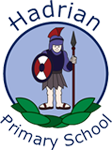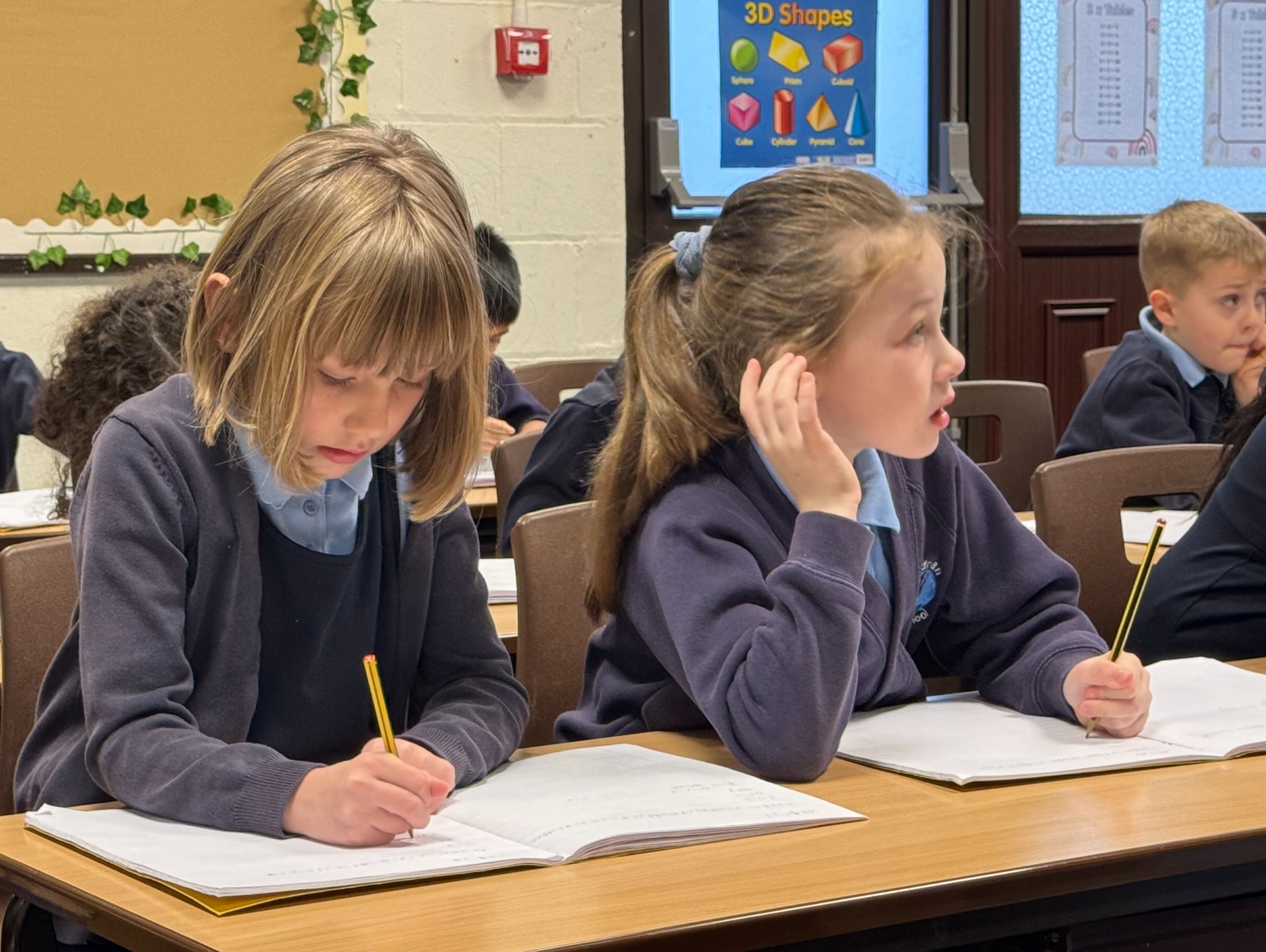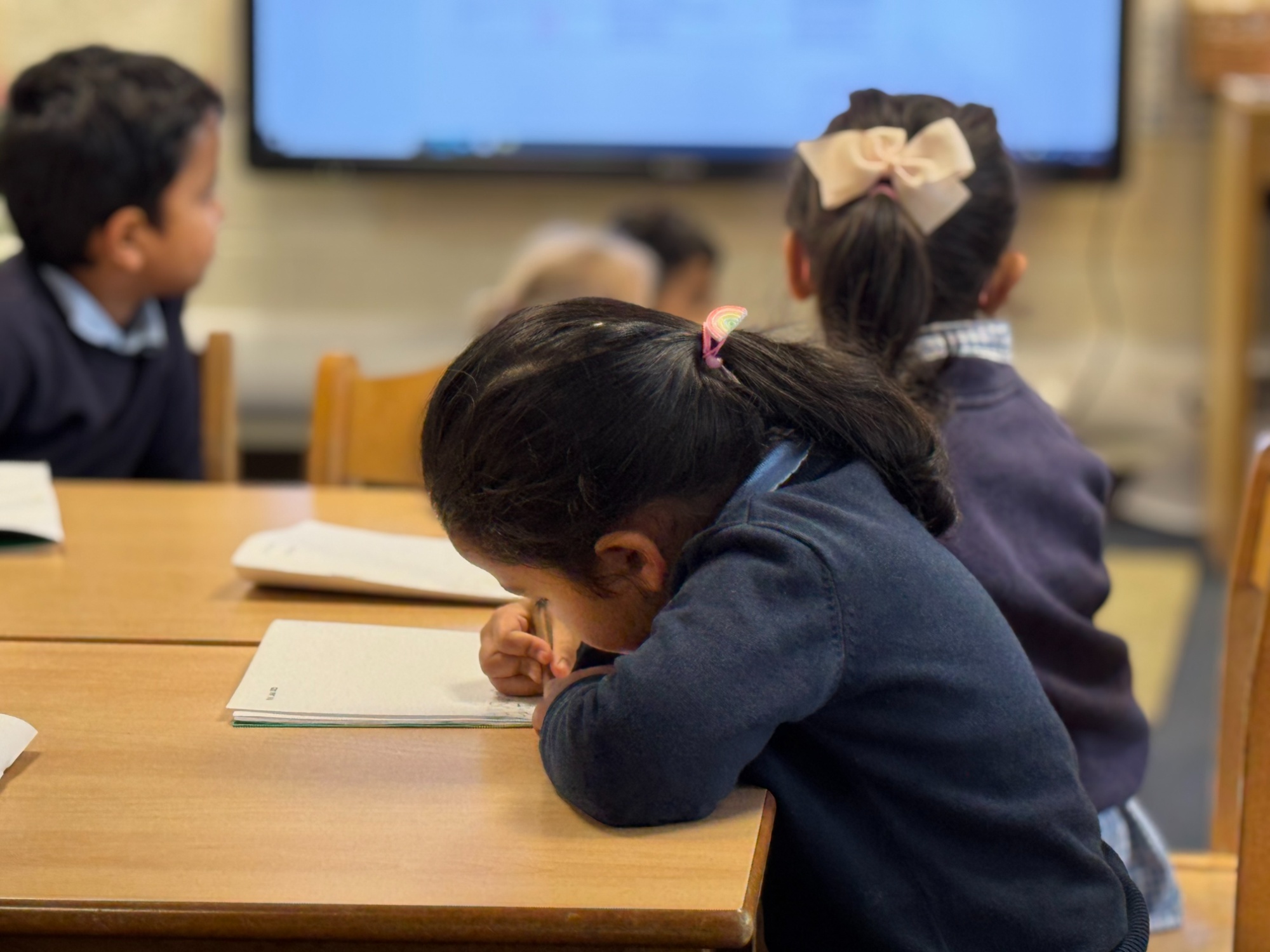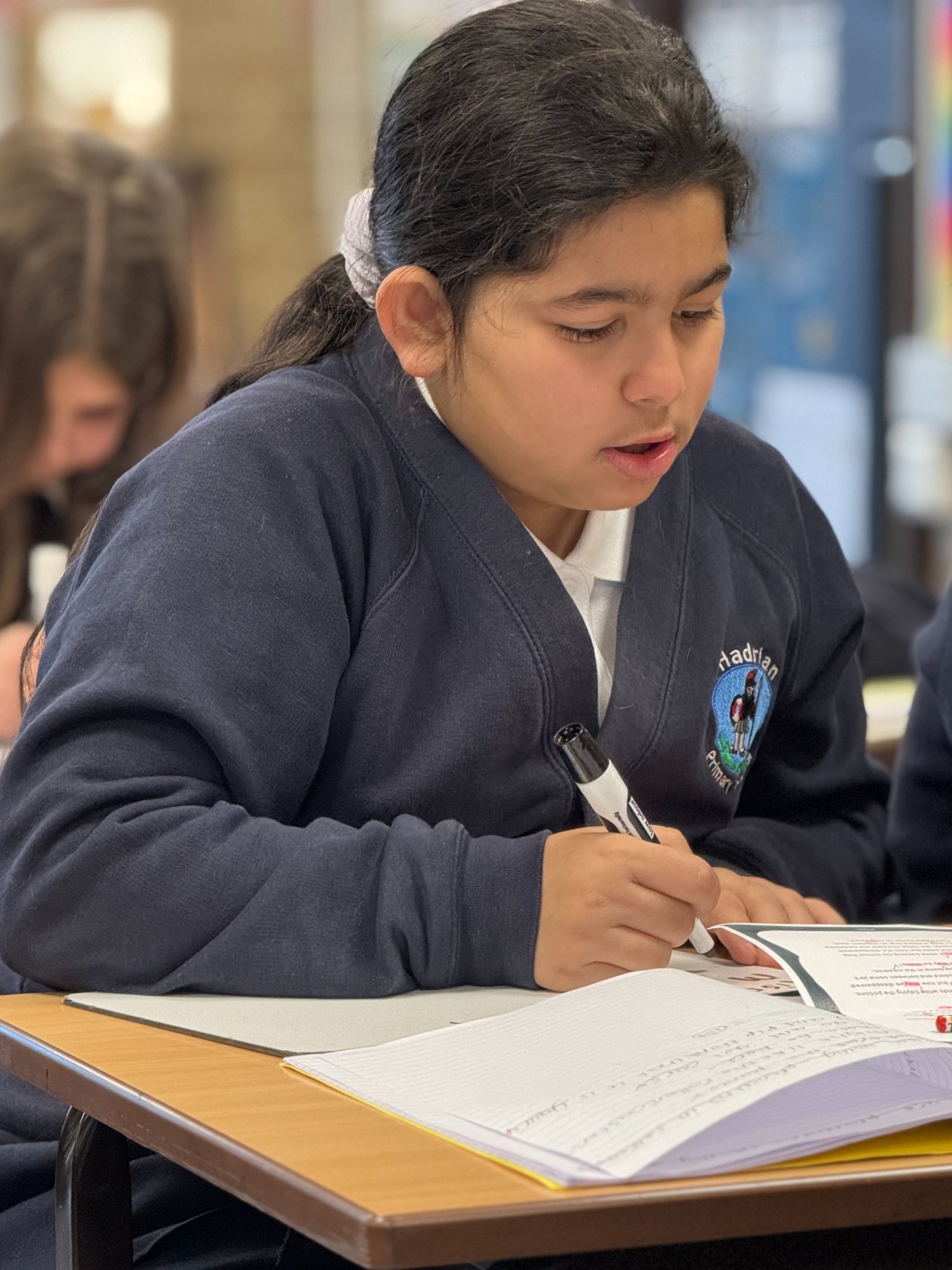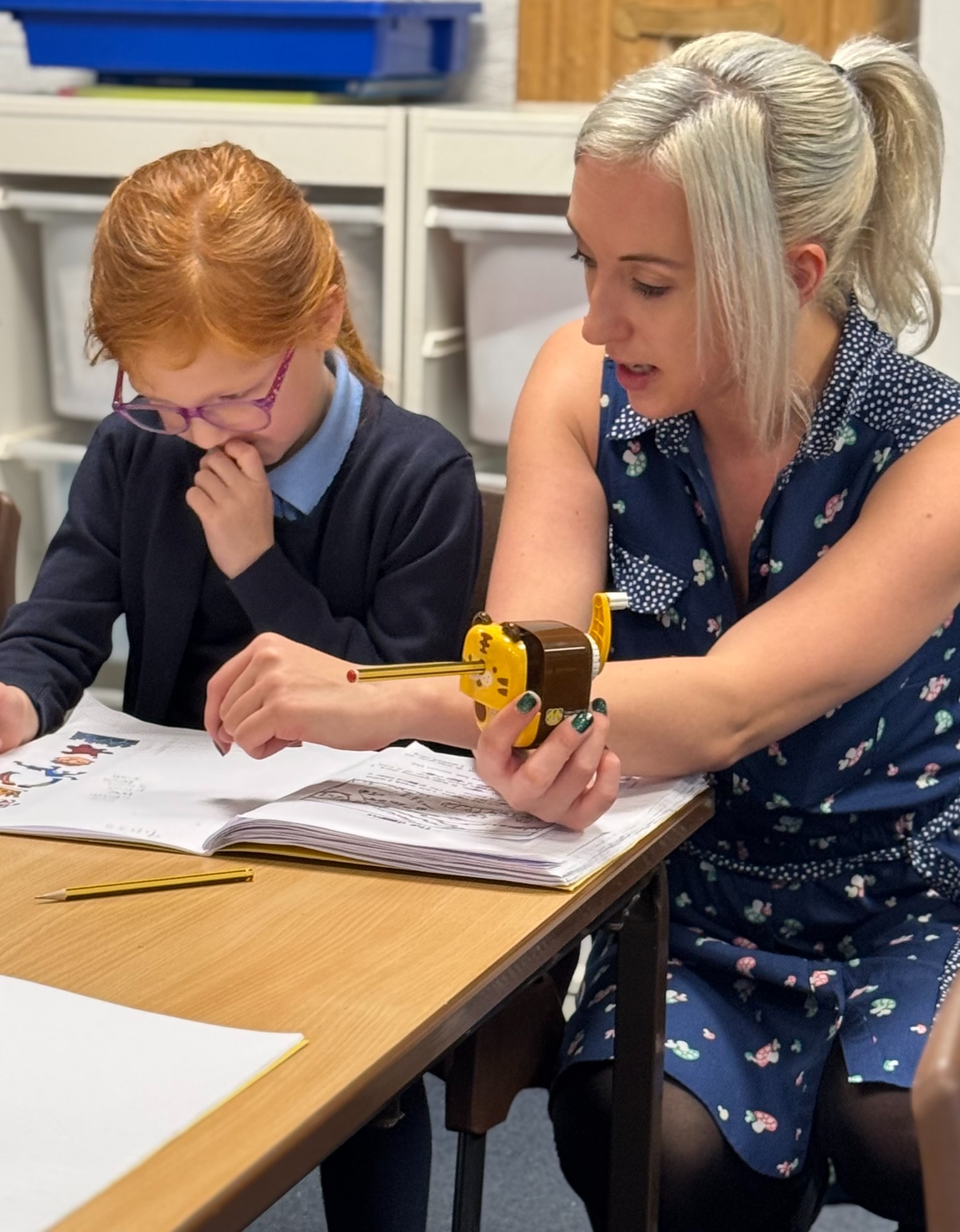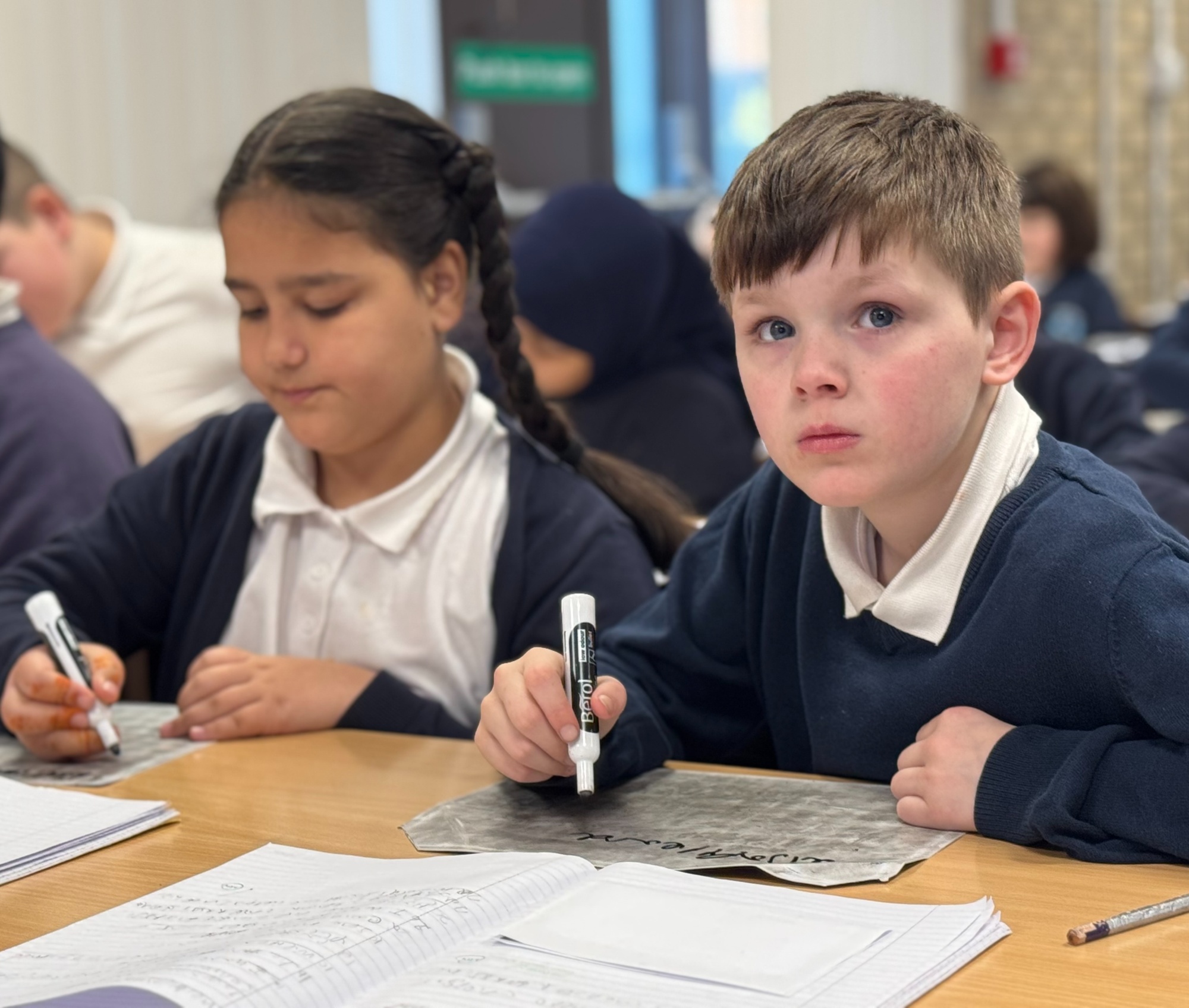Remote Education Provision
Remote education provision: information for parents
This information is intended to provide clarity and transparency to pupils and parents or carers about what to expect from remote education where national or local restrictions require entire cohorts (or bubbles) to remain at home.
For details of what to expect where individual pupils are self-isolating, please see the final section of this page.
The remote curriculum: what is taught to pupils at home
A pupil’s first day or two of being educated remotely might look different from our standard approach, while we take all necessary actions to prepare for a longer period of remote teaching.
What should my child expect from immediate remote education in the first day or two of pupils being sent home?
|
Your child will be expected to access all home learning materials via Google Classroom. They will meet for a registration via Google Meet and the teacher will explain how things will work and what to expect each day from learning. All learning will take place via Google Classroom. Parents will be informed of this through Facebook and the school website. |
Following the first few days of remote education, will my child be taught broadly the same curriculum as they would if they were in school?
|
We teach the same curriculum remotely as we do in school wherever possible and appropriate. However, we have needed to make some adaptations in some subjects. For example, in PE the child may not have the correct equipment or space to complete sessions similar to those covered in school or in Technology, they may not have the correct resources to complete the task at home. We have adapted a hybrid curriculum, which means that we are attempting to teach the same in school as we are remotely which ultimately leads to blended learning. |
Remote teaching and study time each day
How long can I expect work set by the school to take my child each day?
We expect that remote education (including remote teaching and independent work) will take pupils broadly the following number of hours each day:
|
Key Stage 1 |
At least 3 hours a day for Key Stage 1 (years 1 and 2 when pupils are aged between 5 and 7) |
|
Key Stage 2 |
At least 4 hours a day for KS2 (years 3-6 when children are aged between 7 and 11) |
Accessing remote education
How will my child access any online remote education you are providing?
|
Please log onto the school website and visit the home learning page under the children tab. Here you will see information to support home learning. You will also see links for Google Classroom and videos explaining how to access our Google Classroom. You can then click each indicidual class page. This is updated regularly and will have a copy of their home learning timetable uploaded each week. Parents/carers and children will need to use this to structure their day. You may also access Google Classroom by typing ‘hadrianprimary.org.uk’ into your web browser. You will be asked to insert a user name and password. Your child should know this information. If they are unsure, you could get in touch with school through our Facebook page and we will be in touch as soon as possible. Please make sure that you select ‘Hadrian Primary’. Here you will find all of the resources and links to Google Meet. Home learning timetables may include links to a range of online learning platforms including:
|
If my child does not have digital or online access at home, how will you support them to access remote education?
We recognise that some pupils may not have suitable online access at home. We take the following approaches to support those pupils to access remote education:
|
We have contacted parents and carers regarding their current access to digital technology. Any parent/carer who does not have access to technology to facilitate online learning must contact the school to discuss how we can help. Laptops and access to more data may be available to your child. Should this not be possible, we will ensure your child has access to a paper learning pack every 2 weeks. Their work can be handed in at the office should the parent wish to do so or brought to school when they return. |
How will my child be taught remotely?
We use a combination of the following approaches to teach pupils remotely:
|
We aim to provide your child with a series of lessons and activities that keep them engaged and challenged. Approaches to home learning include:
|
Engagement and feedback
What are your expectations for my child’s engagement and the support that we as parents and carers should provide at home?
|
Staff will ensure that children are engaging with their home learning by making regular contact with parents and carers. We will monitor the level of engagement during google classroom meets, telephone conversations, emails, work handed in digitally and on paper, level of access to online programmes e.g. Mathletics, Reading Plus, Google Classroom. We will also complete a daily register at the beginning of each day to ensure children are engaging. This will be monitored the same as if they were to be in school. It is important that you support your child in sticking to a daily routine. Children should be encouraged to begin their home learning in the morning at the start of the school day. It is important that children are given comfort breaks in between sessions/activities. Praise and positivity will really help motivate your child. Should the work be to challenging for your child, try out a different activity and return to it later. If your child is still struggling to engage/access the work, please contact the school/class teacher and your child’s class teacher will be able to advise and ensure work can be accessed. Pupils in KS1 and Early Years will require more support. Your child’s class teacher will ensure the home learning is practical and accessible. Less screen learning and more hands on activities will be present in the lower year groups. |
How will you check whether my child is engaging with their work and how will I be informed if there are concerns?
|
Teachers and TAs will monitor pupil engagement daily across the school, both KS1 and KS2. A daily register will be taken each morning which will assess who is engaging with remote learning. Google classroom will allow for staff to support children throughout the day via the stream. Teachers can also monitor regular log in to online learning e.g. Reading Plus and Mathletics. In KS1 and Early Years teachers will also link to pupils via google classroom for story time and talk time. If children are seen to not be engaging in remote learning, teachers and TAs will make contact via telephone/email with parents about engagement and offer advice and support if needed. Additional support may also be given via our Family Support Worker should there be additional issues around pupil engagement. |
How will you assess my child’s work and progress?
Feedback can take many forms and may not always mean extensive written comments for individual children. For example, whole-class feedback or quizzes marked automatically via digital platforms are also valid and effective methods, amongst many others. Our approach to feeding back on pupil work is as follows:
|
Additional support for pupils with particular needs
How will you work with me to help my child who needs additional support from adults at home to access remote education?
We recognise that some pupils, for example some pupils with special educational needs and disabilities (SEND), may not be able to access remote education without support from adults at home. We acknowledge the difficulties this may place on families, and we will work with parents and carers to support those pupils in the following ways:
|
Additional support will be made available for children with SEND. These include:
|
Remote education for self-isolating pupils
Where individual pupils need to self-isolate but the majority of their peer group remains in school, how remote education is provided will likely differ from the approach for whole groups. This is due to the challenges of teaching pupils both at home and in school.
If my child is not in school because they are self-isolating, how will their remote education differ from the approaches described above?
Where possible your child will be able to engage with live lessons delivered in real time in their child’s class, the same as mentioned above.
If this is not possible, a learning pack will be given to your child within 48 hours of being at home. This will include a range of activities that relate to the learning in school. A timetable will also be made available on the school website detailing sessions for the week and where to access resources to support learning.
The class teacher will make contact over the course of the week to check that the child is able to access the remote learning successfully.
In reality of your child is absent as they are sent isolating, they will receive the same methods and resources as they would if they were accessing remote learning. They would still be expected to take part in Google Meets with the class and access live and recorded lessons.
If a child becomes unwell then they will not be expected to engage in every task.
